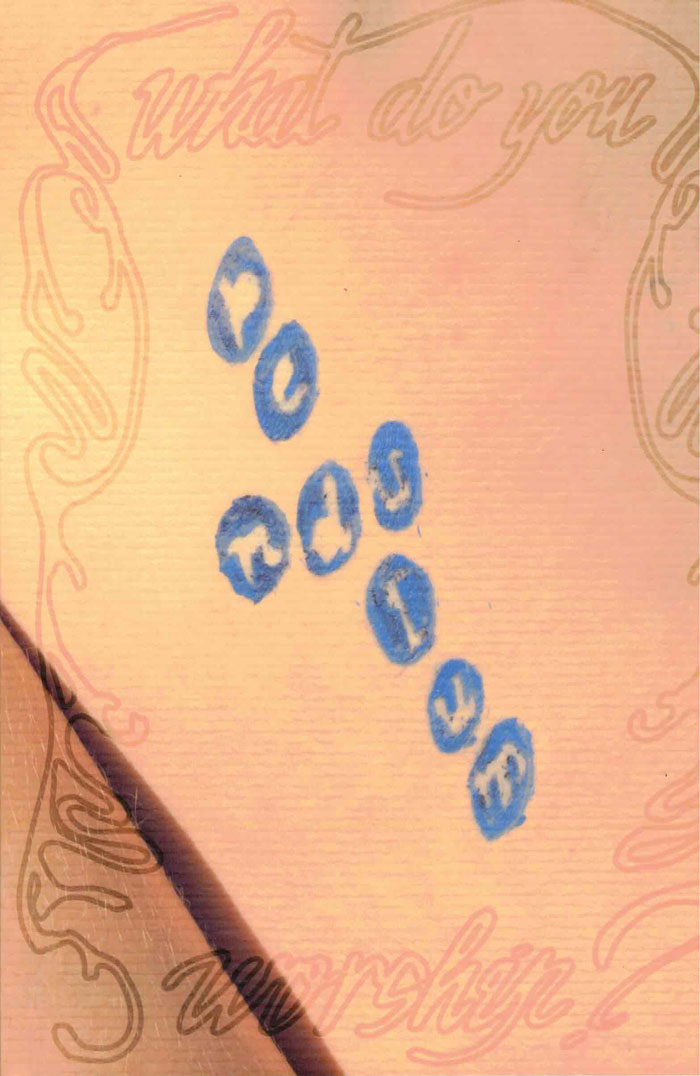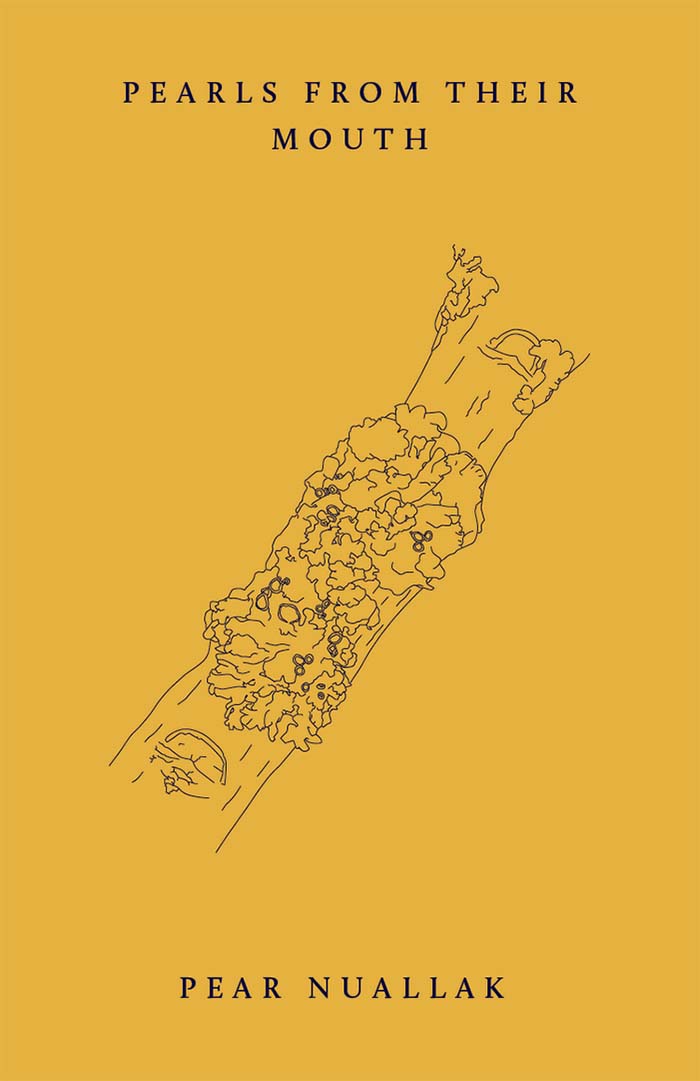
Amor Cringe
Amor Cringe explores the dually base and beautiful aspects of self-obsessed media culture. In a perennial bohemian style, an unnamed, ungendered protagonist travels from coast to coast and affair to affair, stumbling upon various moments of failure, absurd insight, and flashes of transcendence.
Half traditionally-written and half AI-generated, Amor Cringe is a "deepfake autofiction" novelette about a TikTok influencer that seeks God, created with the intention to be "as cringe as possible." The result is a painfully self-aware series of encounters that exfoliate the repulsive and fascinating aesthetics of romantic life under social media.




